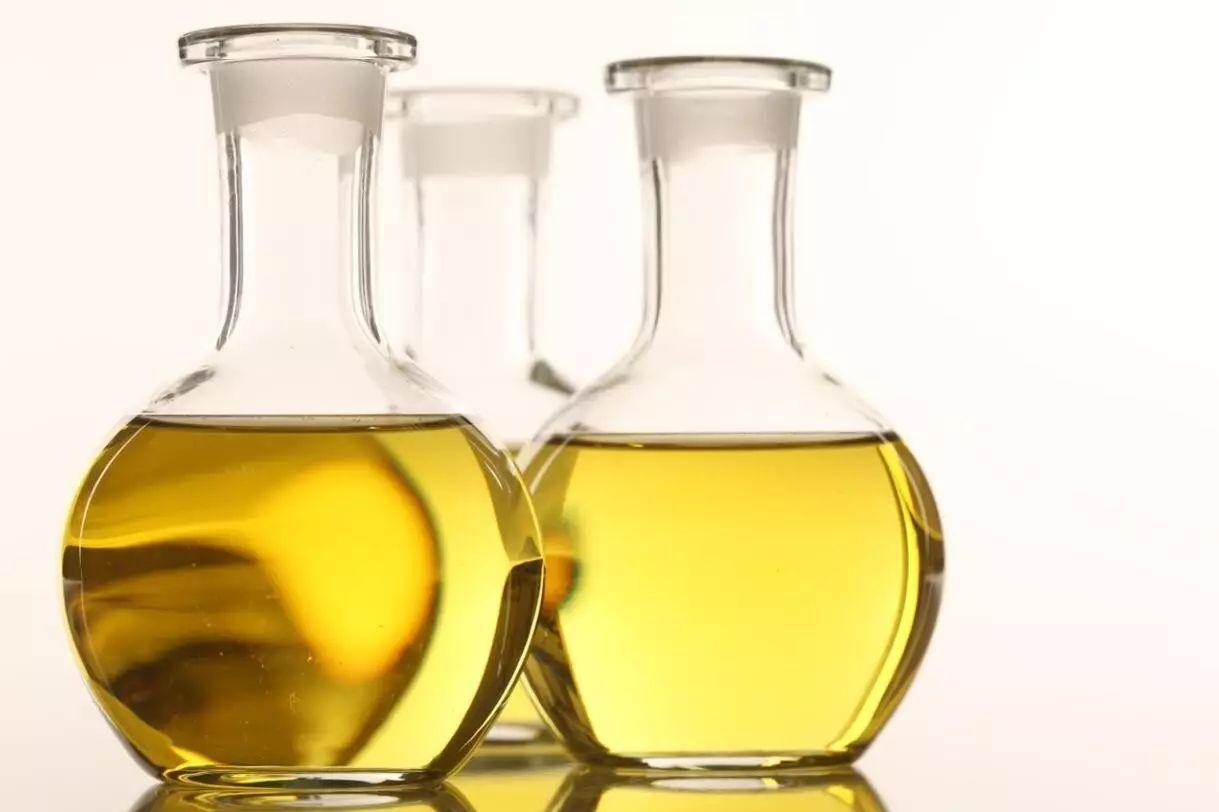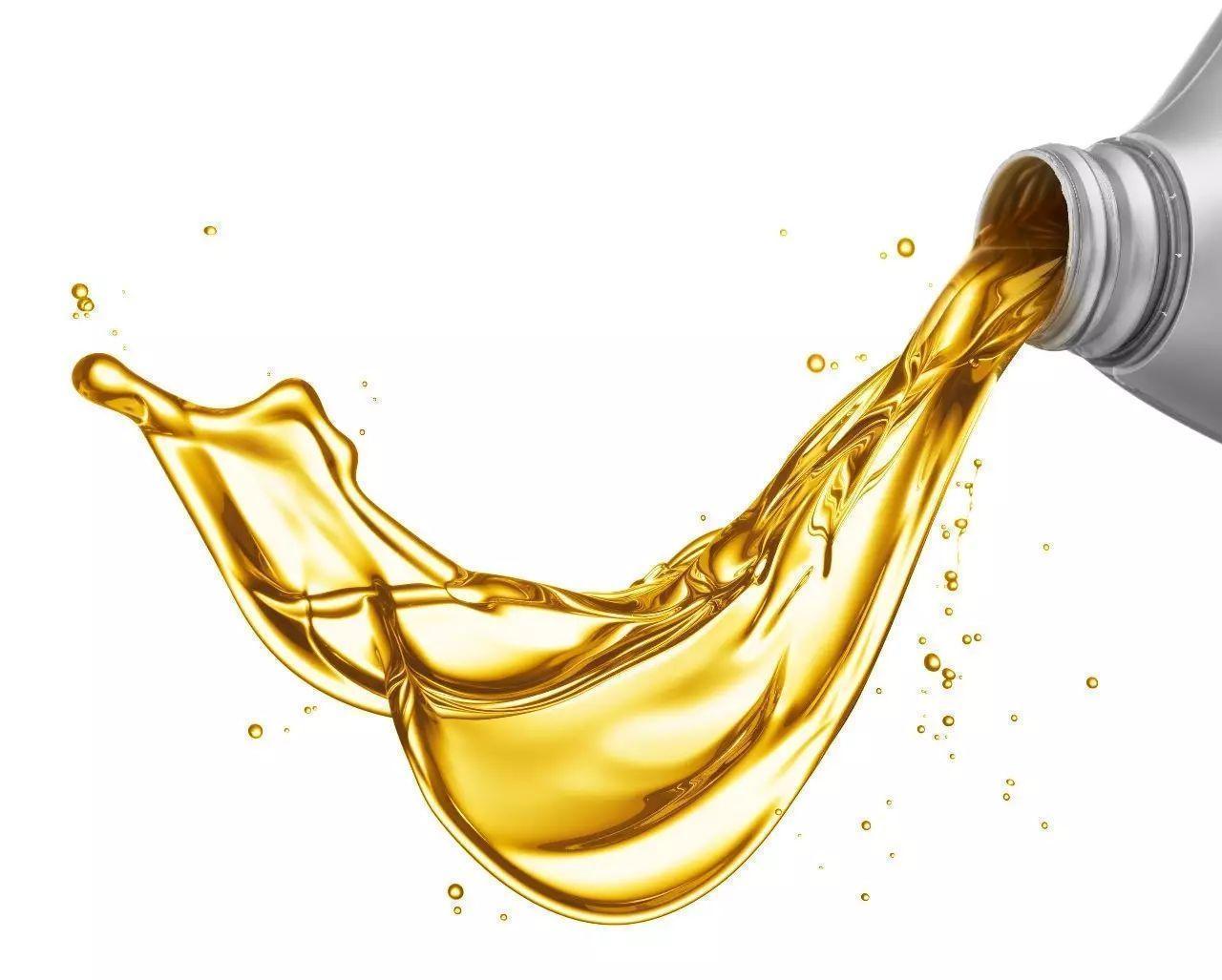Surfactants are chemical substances that, when added in small amounts, can significantly alter the interfacial properties of a solution system. They possess an amphiphilic molecular structure, meaning one end is a hydrophilic (water-attracting) polar group, while the other end is a hydrophobic (water-repelling) non-polar group. This unique molecular structure makes surfactants widely applicable in modern chemical industries. They are essential components in the formulation of detergents, emulsifiers, demulsifiers, biocides, defoamers, wetting agents, and dispersants. Surfactants are categorized into anionic surfactants, cationic surfactants, non-ionic surfactants, and zwitterionic surfactants.
Lubricating oils generally consist of base oils and additives. Many additives used in lubricating oils are surfactants, such as detergents, dispersants, emulsifiers, demulsifiers, and rust inhibitors. A single surfactant can often function as multiple types of additives. Additionally, with increasing global emphasis on environmental protection, there are new requirements in the field of lubricating oils. Environmentally friendly lubricating oils have become a significant research focus for domestic and international R&D enterprises and institutions. Furthermore, the regeneration of waste oil and the treatment of industrial wastewater from lubricating oils are essential measures for controlling environmental pollution caused by lubricating oils.
In recent years, there have been numerous new advancements and breakthroughs in the field of lubricating oil R&D both domestically and internationally. One such advancement is the production and application of nano-additives, primarily used to improve the anti-wear and friction-reducing properties of lubricating oils. However, during preparation, usage, and storage, nano-additives often agglomerate, affecting the lubricating performance of the oils. Adding surfactants to lubricating oils can effectively promote the dispersion of nano-additives within the oils, significantly enhancing their stability. This also markedly improves the lifespan of their use and storage. Based on this, scholars have conducted extensive and in-depth research.
Feng Xie and colleagues evaluated the effects of five surfactants—oleic acid, Span 80, cetyltrimethylammonium bromide (CTAB), Tween 80, and sodium dodecylbenzene sulfonate (SDBS)—on the dispersion stability of nano-graphite in lubricating oil. Their findings revealed that the dispersion stability of nano-graphite was best in 500SN base oil with oleic acid, with an optimal addition amount of 2% by mass. The superior dispersion effect of oleic acid is attributed to its low HLB value (HLB of 1) and high lipophilicity.
LiLei Song and others investigated the dispersion of nano-Al₂O₃ with an average particle size of 36.2 nm in Kunlun No. 5 base oil. They used a combination of Span 80 and Pingpingjia OS-15 surfactants. The Kunlun base oil had an HLB value of 12, so the mixed surfactant HLB value was controlled between 10 and 13 using Equation (1):
where and are the HLB values of surfactants a and b, and and are their respective mass fractions. The calculated ratio was 24.5:75.5, resulting in an HLB blend of 12. Experimental results demonstrated that the combined surfactants provided better dispersion stability for nano-Al₂O₃ than single surfactants, with an optimal addition amount of 6% by mass.
Qingning Wang and colleagues used spectrophotometry to compare the dispersion stability of nano-copper powder in No. 10 mechanical oil with different mixed surfactants. The absorbance values at 15 minutes (A1) and 30 minutes (A2) of centrifugation were measured. The study found that T154 (polyisobutylene succinimide), T151 (polyisobutylene succinimide), and a combination of Span 80 and Tween 40 showed better dispersion stability.
Jia Wang employed electrochemical methods to modify the surface of nano-antimony (Sb) particles with the surfactant OP-10 (octylphenol ethoxylate-10), enhancing their dispersion stability in various base oils. The tested base oils included liquid paraffin (LP), L-HL22# hydraulic oil, and L-AN32# engine oil. OP-10 showed the best compatibility with L-AN32# engine oil, yielding the most stable dispersion of nano-antimony.
This detailed exploration underscores the critical role surfactants play in enhancing the stability and performance of nano-additives in lubricating oils.

The increasingly stringent environmental protection standards have set new requirements for the production and research of lubricating oils from a biodegradability perspective. Research indicates that the addition of surfactants can significantly reduce the interfacial tension in oil-water mixtures, effectively increasing the contact between microorganisms and the lubricating oil. The elements rich in surfactants can serve as nutrients for microorganisms, promoting and accelerating their growth and reproduction, thus aiding in the biodegradation of lubricating oils.
Jiu Wang and colleagues explored the impact of surfactants on the biodegradability of lubricating oils, using castor oil and L-HL mineral oil-based hydraulic oils as subjects. Anionic surfactant sodium dodecylbenzene sulfonate, nonionic surfactant Tween 80, and cationic surfactant cetyltrimethylammonium bromide (CTAB) were added to the selected lubricating oils at a concentration of 50 mg/L. The results showed that the cationic surfactant reduced the biodegradability of lubricating oils due to its antibacterial properties, while nonionic and anionic surfactants promoted biodegradability. The biodegradability of lubricating oils is also significantly influenced by the surfactant concentration. Below the critical micelle concentration (CMC), surfactants promote biodegradation, but beyond the CMC, they inhibit it.
Youliang Wei and colleagues used four nitrogen-containing surfactants in liquid paraffin to simulate the impact mechanism of these surfactants on the biodegradability of mineral lubricating oils. The results indicated that, at the same addition levels, the acyl-oxidized amide surfactant was more effective in promoting biodegradation than the other three: fatty acid ethanolamine, fatty acid amide, and hydroxyethyl imidazoline. The promotion mechanism of nitrogen-containing surfactants involves significantly reducing the oil-water interfacial tension in the mixture, accelerating microbial growth, and thus enhancing the biodegradation rate and capacity. Wei and colleagues also examined the effects of three surfactants—fatty acid amide (FAA), fatty acid diethanolamide (FDEA), and fatty acid ethanolamide phosphate (FEAP)—on the biodegradability of lubricating oils, finding that all three enhanced biodegradation, with FEAP being the most effective.
Nan Zhang and colleagues studied the effects of lauric acid diethanolamide (LDEA) and oleic acid diethanolamide (ODEA) on the biodegradability of lubricating oils. After 12 days of cultivation, the biodegradation index (BDI) of liquid paraffin increased by 59.03% and 69.31% with the addition of LDEA and ODEA, respectively. Boshui Chen and colleagues investigated the impact of four fatty acyl amino acids on the biodegradability of mineral lubricating oils. The results showed that fatty acyl amino acids significantly reduced the oil-water interfacial tension and promoted the biodegradation of mineral lubricating oils within a certain concentration range.
To truly meet environmental protection standards, it is essential to control pollution at every stage of the lubricant production process, including waste oil treatment and wastewater treatment, thereby achieving resource recovery and reuse. Surfactants can be utilized for refining waste oil and purifying wastewater generated during lubricant production.
Shengling Zhang and colleagues used a combination of sulfonate anionic surfactants and polyethylene oxide-type nonionic surfactants as flocculants. These were added to a mixed waste oil primarily composed of gasoline engine oil, followed by using activated clay as an adsorbent for refining and purifying the waste oil. Optimal flocculation and adsorption conditions were determined using spectrophotometry and elemental analysis, and the refined oil met national standards for various physical and chemical parameters.
Jingjing Liu and colleagues compared several methods for recycling and regenerating engine waste oils, evaluating them using physicochemical index tests and tribological performance experiments. The results showed that adding an appropriate amount of surfactant aids during the solvent refining process significantly enhances refining efficiency and improves the level of waste oil regeneration.
Jinhui He and colleagues improved the traditional flocculation method in the treatment of lubricant wastewater by adding an environmentally friendly surfactant, rhamnolipid, to the emulsified wastewater. The air flotation-flocculation method was found to be superior to traditional flocculation in treating lubricant wastewater. The effects of rhamnolipid concentration, pH, chitosan surfactant (flocculant) dosage, and air flotation time on the chemical oxygen demand (COD) removal rate of the wastewater were comprehensively compared, and the optimal treatment conditions were identified: 0.5% (mass fraction) rhamnolipid, pH 7, 0.18% (volume fraction) chitosan, and 10 minutes of air flotation. Through air flotation oil removal experiments, He compared the purification effects of different surfactants on lubricant wastewater, measuring COD removal rates using the potassium dichromate method. The results showed that the wastewater purification effect of mixed surfactants was better than that of single agents, with the best removal effect (97.5%) achieved by the rhamnolipid/SDS mixed in a 5:1 molar ratio.
Ummarawadee Yanatatsaneejit and colleagues investigated the effect of nonionic surfactant nonylphenol ethoxylate (NP(EO)10) and anionic surfactant sodium dodecyl sulfate (SDS) on the flotation oil removal efficiency in lubricant wastewater. They compared the oil removal effects when the total surfactant concentration (mass fraction) was 3% and 5%. The results indicated that increasing surfactant concentration enhances the number of bubbles per unit volume, allowing better attachment of bubbles to oil droplets and improving the oil removal rate.
S. Watcharasing and colleagues explored the correlation between the amount of anionic surfactant C14-15(PO)5SO4Na and the oil removal rate in the flotation process of lubricant wastewater. The results indicated that this surfactant achieved the best oil removal effect at its critical microemulsion concentration (CμC), which is 0.5% (mass fraction). When the amount exceeded CμC, the increased micelle concentration led to more oil particles dissolving in the micelles, reducing the oil removal rate. This finding has significant implications for the design and operation of flotation oil removal processes in lubricant wastewater treatment.
